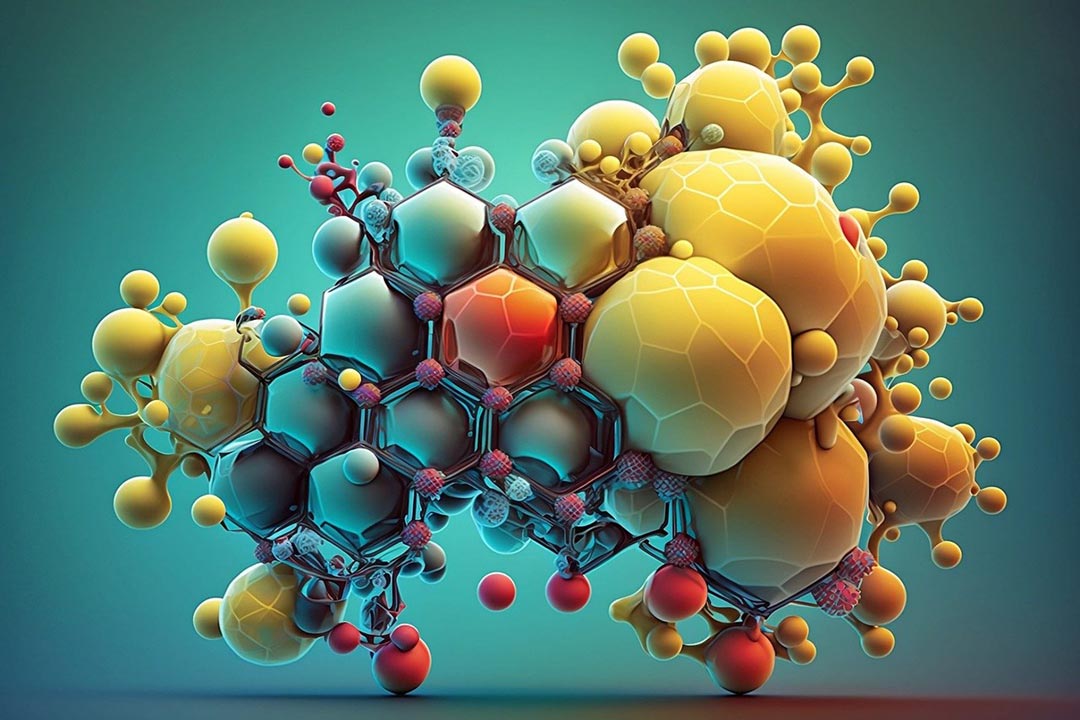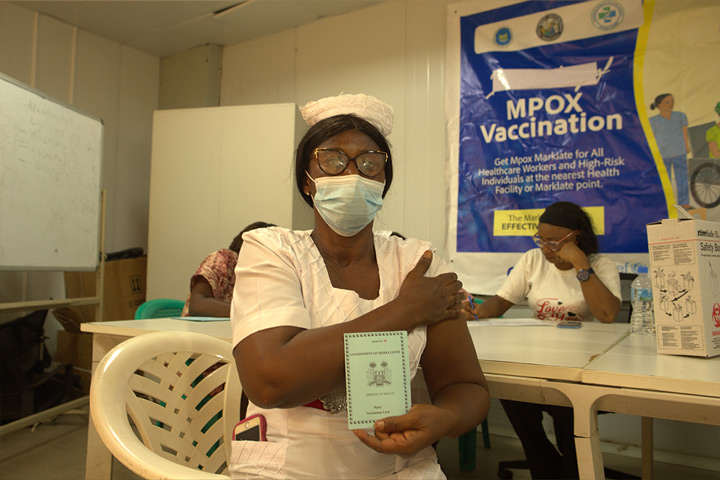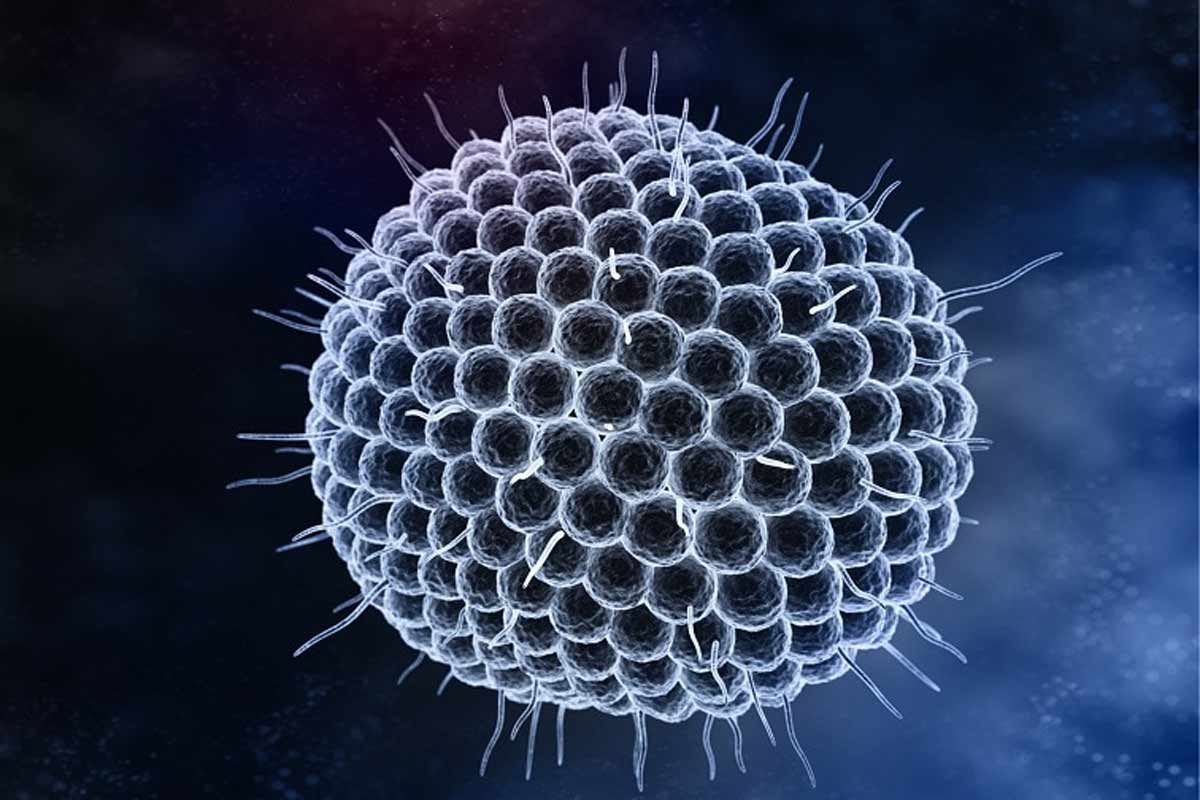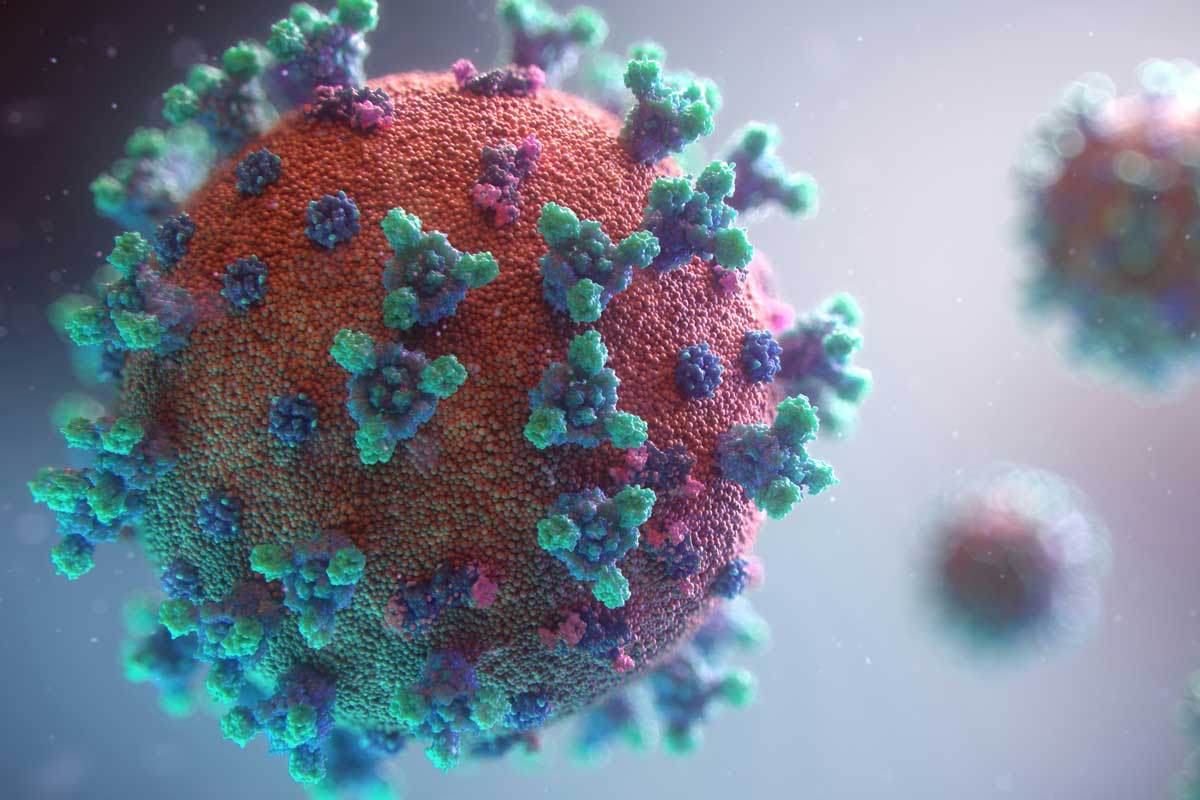Nanoparticles offer progress towards an HIV vaccine: new study
Cutting-edge research produced “rare but powerful” antibodies that could prevent viral infection.
- 5 June 2024
- 2 min read
- by Priya Joi

Researchers have created a nanovaccine that can produce the B cells that create antibodies capable of neutralising the HIV virus.
The development of an HIV vaccine has eluded researchers for decades, because the virus is adept at disguising itself to evade our immune system. This means that this advance is an "encouraging, incremental step in developing a preventive HIV vaccine", say the researchers, writing in Nature Immunology.
This advance is an “encouraging, incremental step in developing a preventive HIV vaccine", say the researchers
The vaccine stimulated the immune systems of mice and rhesus macaque monkeys to make an immune cell, called a B cell, that is responsible for making antibodies specific to the threat that the immune system is encountering.
In this study, they made B cells that can produce HIV broadly-neutralising antibodies. This finding is important because the genetic diversity and rapid evolution of HIV means targeting it with a vaccine is difficult, however these broadly neutralising antibodies bind to parts of the virus that remain constant, even when it mutates.
Have you read?
The researchers engineered immunogens (molecules that trigger the immune system) on nanoparticles that stimulate production of antibodies called 10E8 – these are important because they neutralise a very broad range of HIV variants. The 10E8 antibody binds to another protein called gp41 – effectively a key that sits on HIV's surface that allows it to enter human immune cells.
Destroying this key would be a huge win as it would stop the virus from infecting our cells. Targeting this key protein has been difficult, because it is folded into a crevice on the surface of HIV – vaccines trying to target it have found it impossible to use immunogens that have the right physical structure to bind to gp41.
The researchers in this study made immunogens on nanoparticles that mimic the appearance of a specific part of gp41. Vaccinated animals showed immune responses suggesting they could make antibodies to reach the hidden gp41 region. They observed similar responses when they used mRNA-encoded nanoparticles in mice.
Crucially, the same team analysed blood samples of people without HIV and found that these specific precursor B cells occurred naturally, and that the immunogens used in the animal studies could bind to human B cells with 10E8-like features. This means the vaccine results from mice and macaques "has the potential for translation to humans", the researchers say.
More from Priya Joi
Recommended for you









